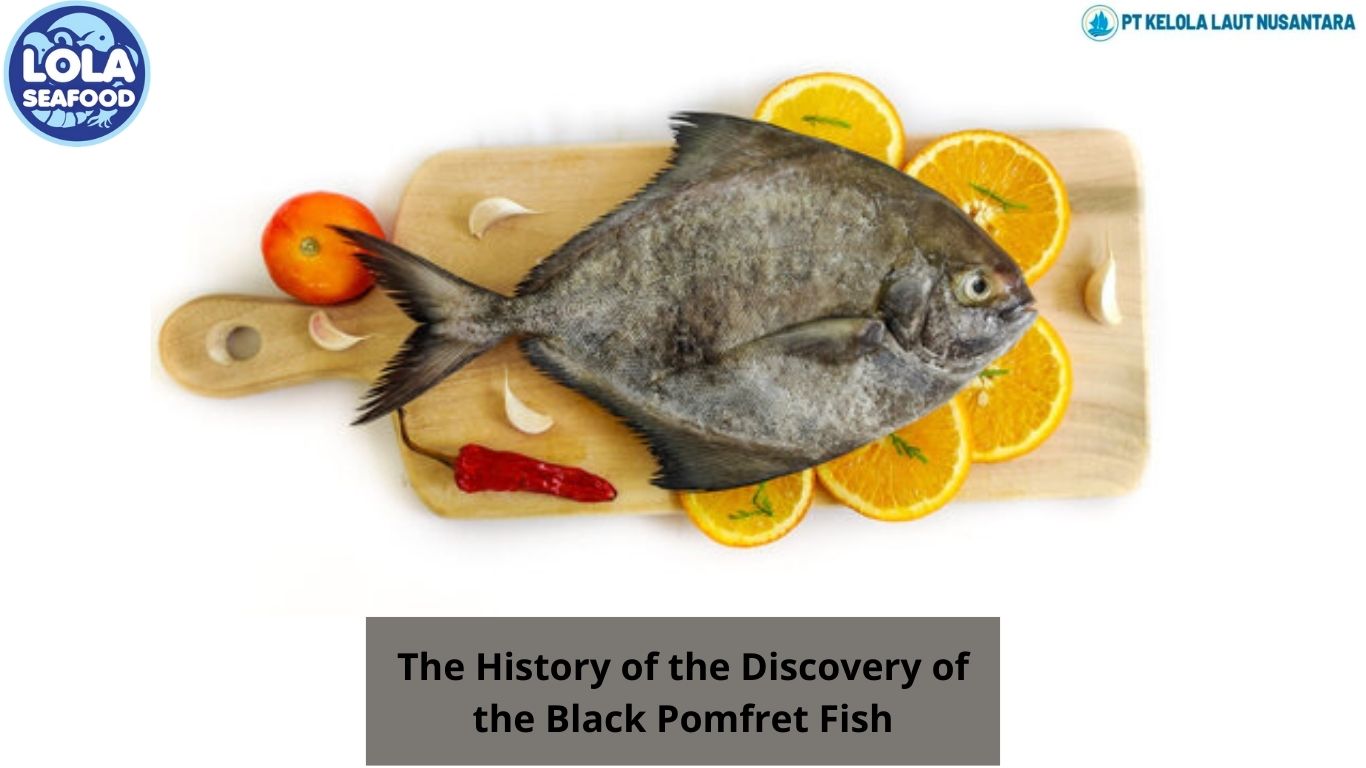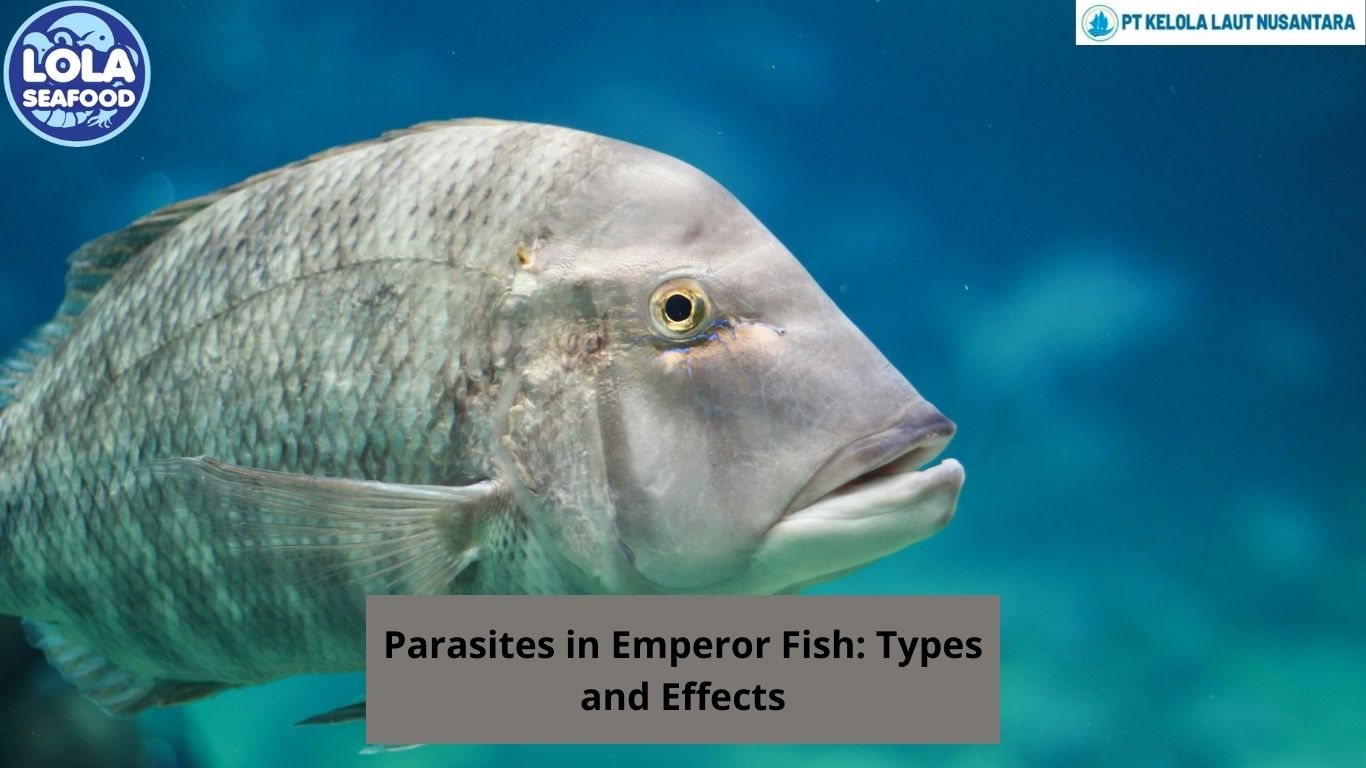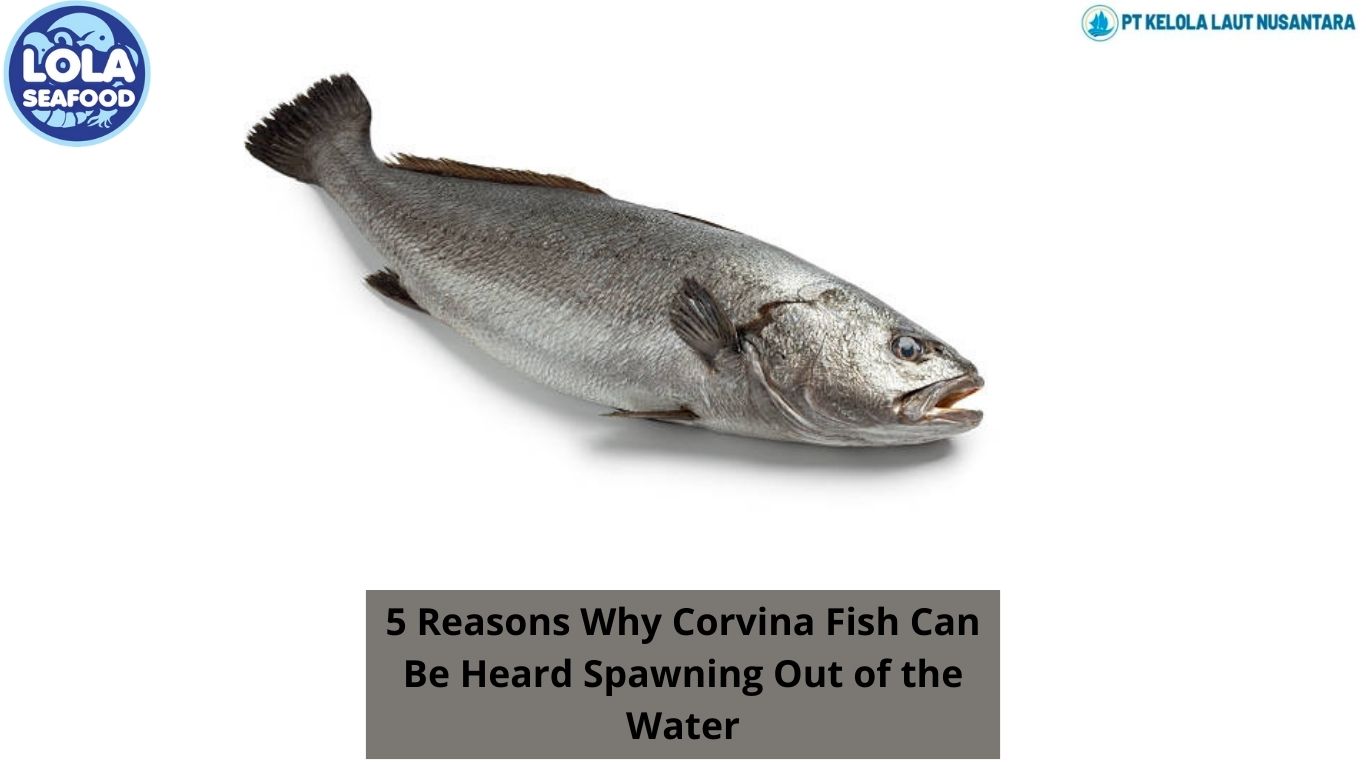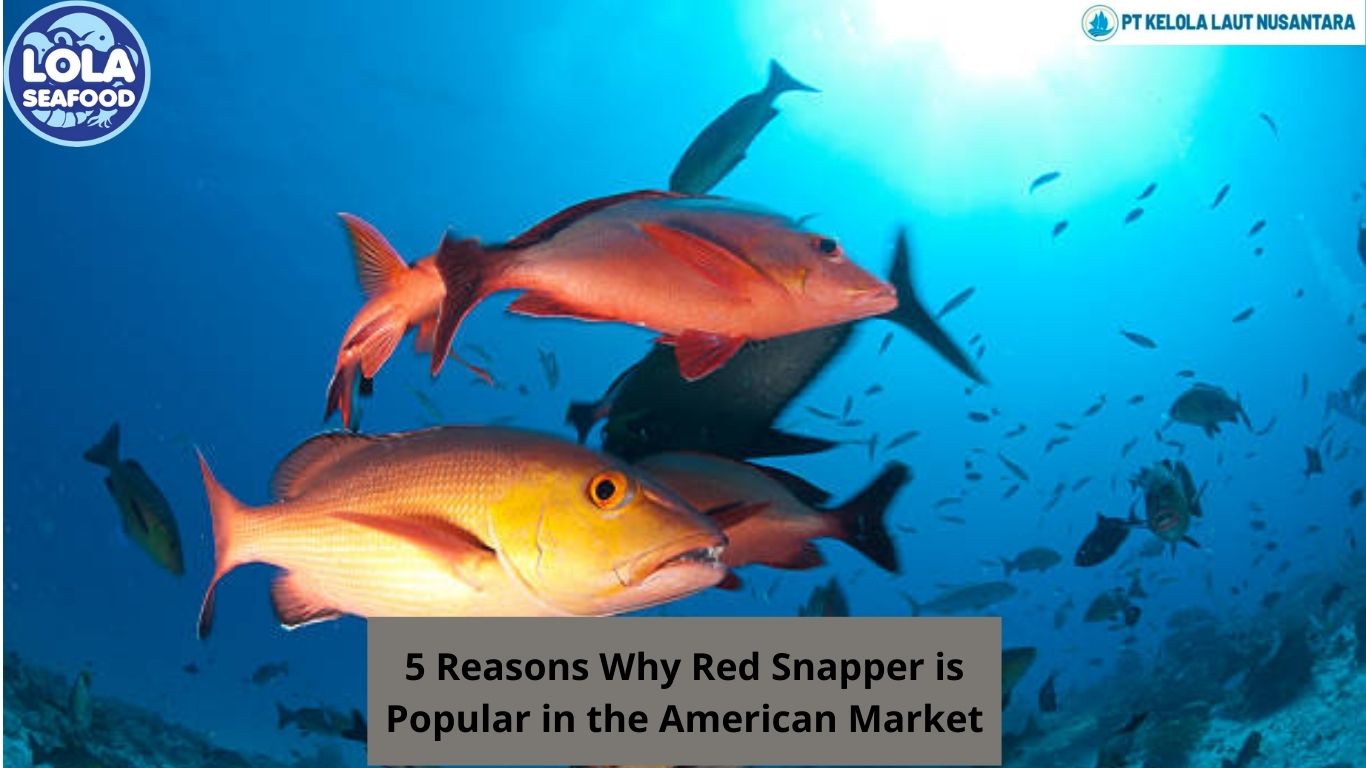Here Are the Squid Populations Around the World
By. Nugroho Luhur - 21 Feb 2025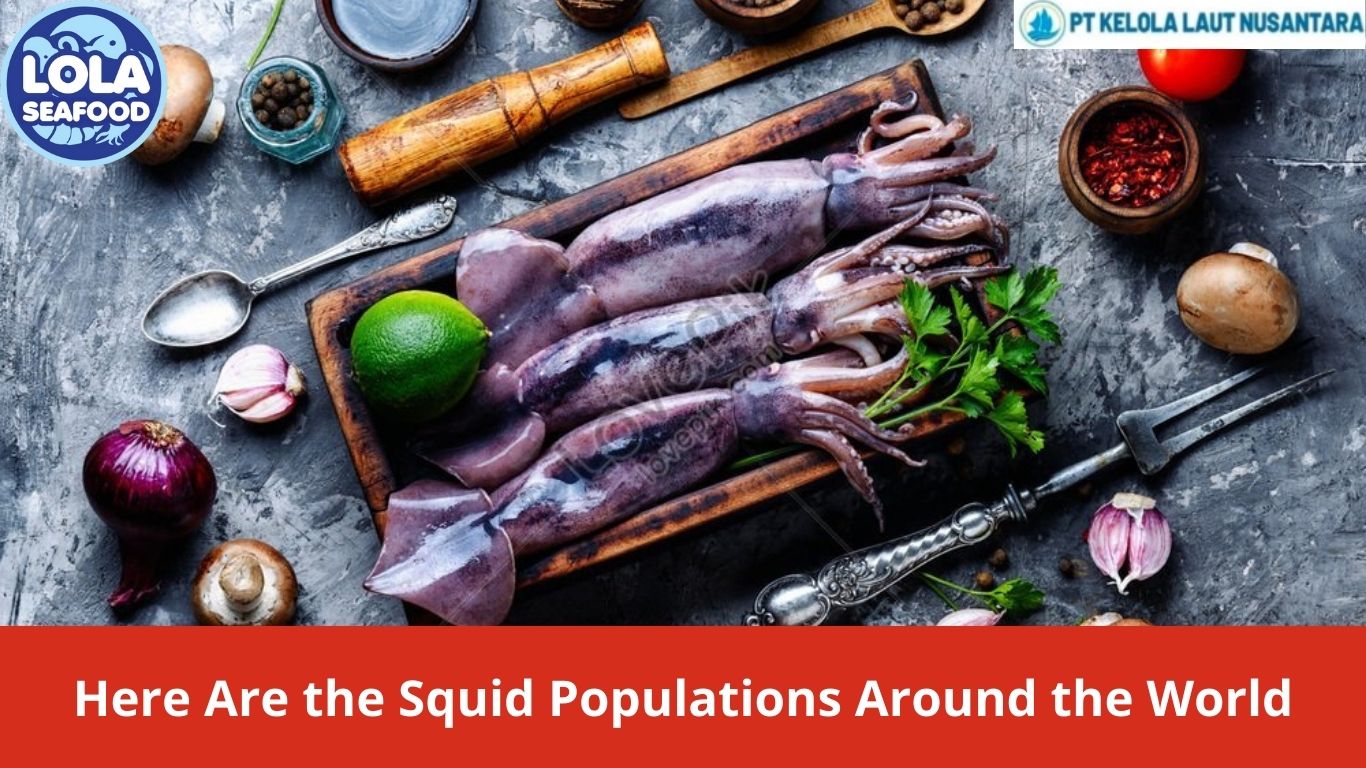
Kelolalaut.com Squid are among the most fascinating marine creatures, playing a crucial role in ocean ecosystems. As highly adaptable cephalopods, they are found in nearly every ocean, from the shallow coastal waters to the deep sea. Their populations fluctuate due to environmental changes, fishing pressure, and natural life cycles. Here’s a look at squid populations worldwide and the factors influencing their abundance.
Global Distribution of Squid
Squid species are distributed across the world's oceans, with some being more abundant in specific regions. They are generally classified into two major groups: nearshore and deep-sea species. The most commercially important and well-studied species include the Humboldt squid, Giant squid, Japanese flying squid, and European squid.
- Pacific Ocean
The Humboldt squid (Dosidicus gigas), also known as the jumbo squid, is primarily found along the west coast of North and South America, from California to Chile. Its population has increased significantly in recent decades, partly due to warming waters and declining predators.
The Japanese flying squid (Todarodes pacificus) is common in the northwest Pacific, particularly around Japan, Korea, and China. It is heavily fished but remains abundant due to its fast reproduction rate.
- Atlantic Ocean
The European squid (Loligo vulgaris) is found in the eastern Atlantic, from Norway to West Africa, and is an important species for fisheries in the Mediterranean.
The Northern shortfin squid (Illex illecebrosus) is found along the east coast of North America and is a key species in commercial fishing operations.
- Indian Ocean
Several species, such as the Indian squid (Uroteuthis duvaucelii), are found in warm coastal waters around India, Indonesia, and Australia. These populations fluctuate based on monsoon patterns and ocean temperatures.
- Southern Ocean & Antarctic Waters
The Colossal squid (Mesonychoteuthis hamiltoni) is one of the largest and least studied squid species, residing in the cold waters around Antarctica. It is a crucial prey species for deep-diving predators like sperm whales.
The Patagonian squid (Doryteuthis gahi) is common around the coasts of South America and supports major fisheries in Argentina and the Falkland Islands.
Factors Affecting Squid Populations
- Climate Change
Rising ocean temperatures and changing ocean currents have led to shifts in squid populations. Some species, like the Humboldt squid, have expanded their range, while others have experienced declines in their traditional habitats.
- Overfishing
Squid are heavily harvested for commercial use, particularly in Asia, Europe, and South America. While many squid species reproduce quickly, overfishing can still impact their populations, especially if juveniles are caught before they can spawn.
- Natural Population Cycles
Squid have short lifespans, often only one or two years, leading to natural population booms and crashes. These cycles make it challenging to predict long-term trends.
Overall, squid populations are dynamic and influenced by multiple environmental and human factors. While some species are thriving, others face challenges that could impact their future abundance. Sustainable management is key to ensuring the long-term health of global squid populations.
If youre interested in our Squid Whole Round , Squid Whole Cleaned , Squid Tube , Squid Ring and Squid Flower Cut please do not hesitate to contact us through email and/or whatsapp
